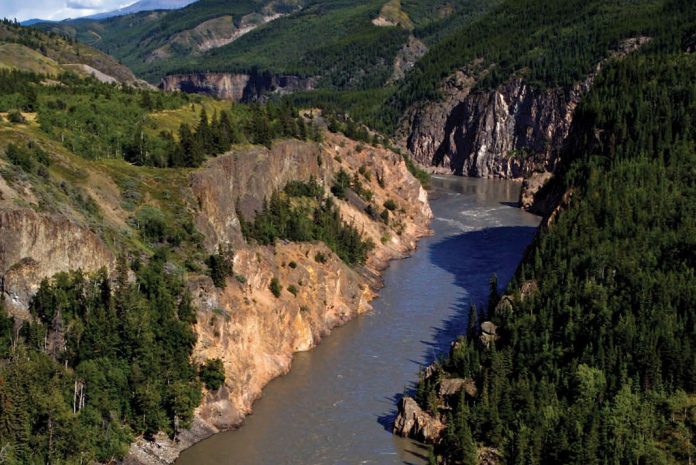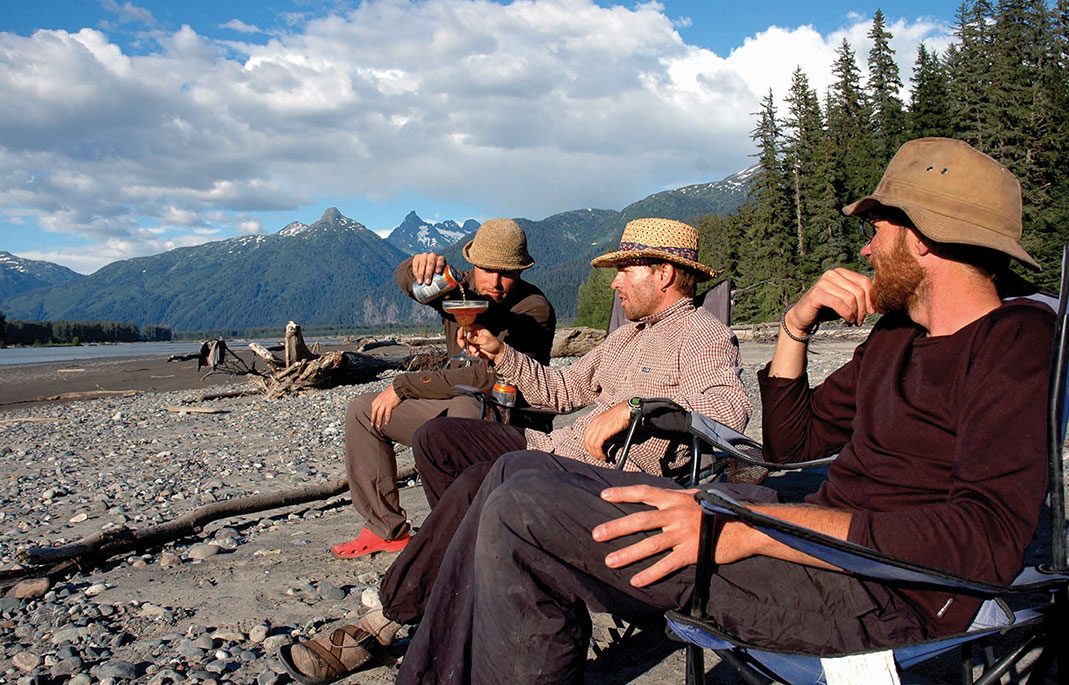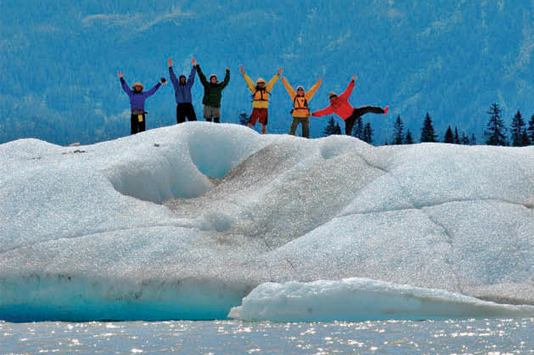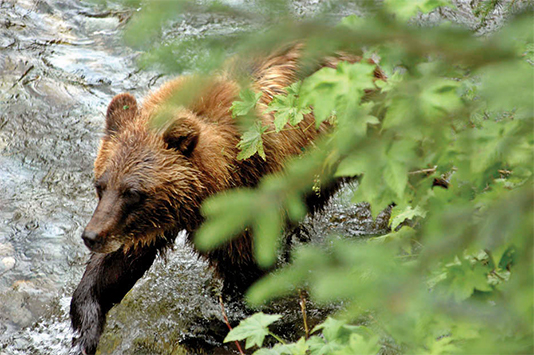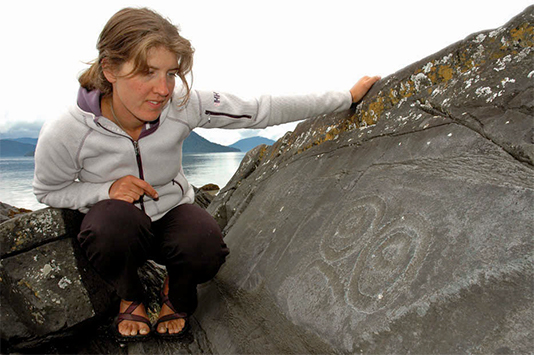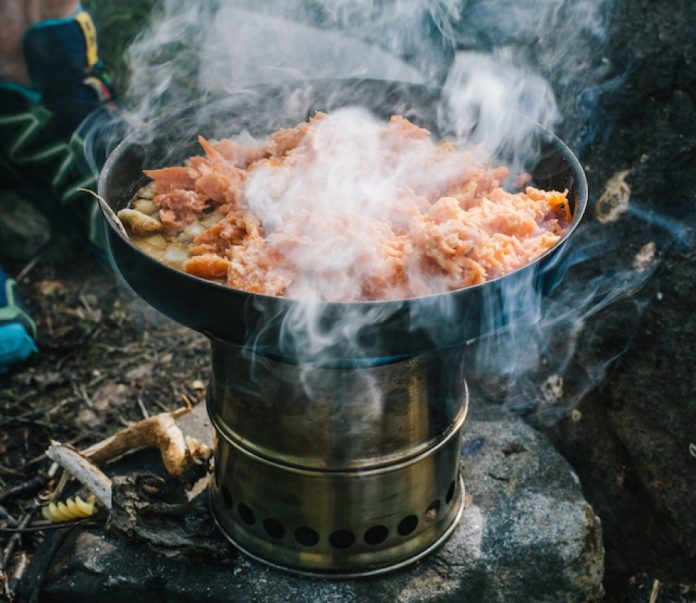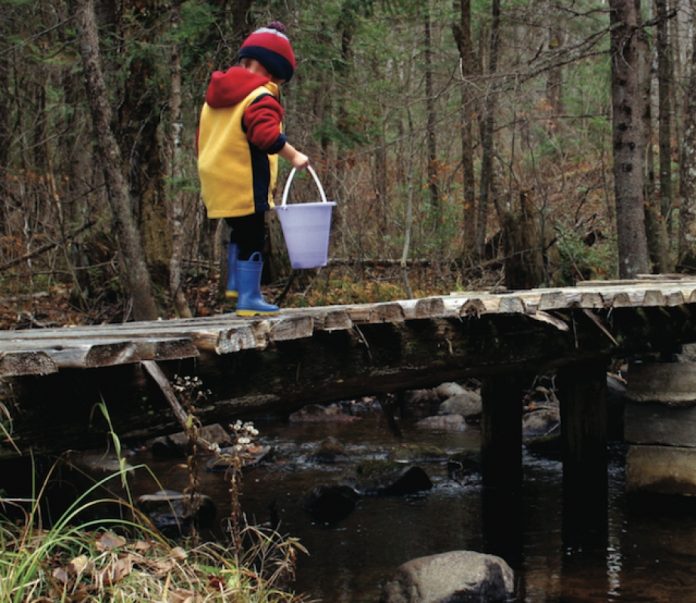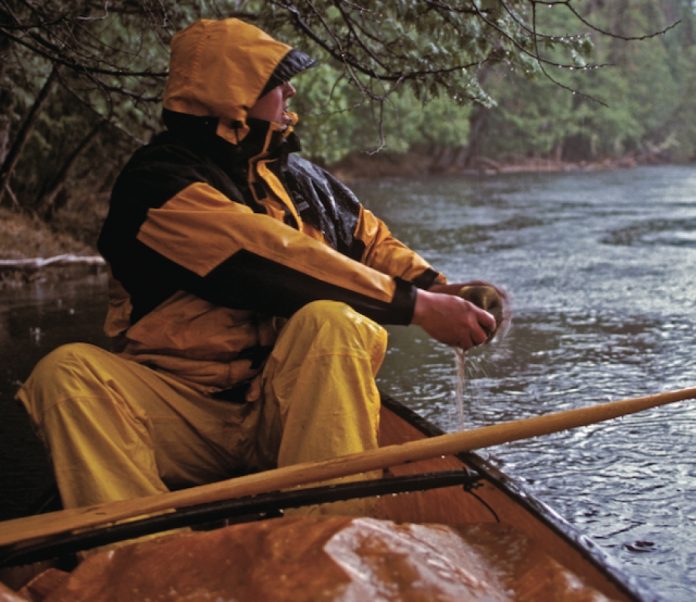For such a giant in river conservation’s history, from the water he looks frail and diminutive—just a very old man sitting on a stool, in his thin and fraying best suit.
If someone were to write a book about me, I would want a title as good as the one written about David Brower: Encounters with the Archdruid. As a founding member of the Sierra Club, Friends of the Earth, and the Earth Island Institute, Brower was three times nominated for the nobel Peace Prize. He famously defeated the damming of the grand canyon in 1966, and in doing so launched the environmental movement.
David Brower has more to do with how we think about the environment today than any other factor
Written in 1971 by the incredibly prolific John McPhee, Encounters with the Archdruid is now in its 27th printing. It confirmed Brower as the articulate, driven and absolutely fearless spokesperson for the environment. At a time when the idea of “the environment” was only just beginning to have a place in public consciousness, McPhee somehow convinced Brower to spend a week rafting the Grand Canyon with Floyd Dominy, the man in charge of damming the west’s rivers. McPhee’s genius as a journalist captures the interaction between these polar opposites and ideological figureheads and captures Brower at his best.
One of the rivers where I guide is still flowing because of David Brower. In 1954, he made it his personal crusade to keep Utah’s Echo Park in Dinosaur national Monument from being dammed. It is a magical place on the Green River of serpentine sandstone canyons. It is a place that enchants clients and lifetime guides alike.
Before we reach the proposed dam location four days into a trip, I always make a point of stopping on a beach just upstream. In the sand I draw a big map of the west and make mountains and canyons and use blue cam straps for rivers, red ones for state lines. By the time I’ve finished, clients have gathered to see what’s going on. I use the map to tell the story of the damming of the west, and how the place where we are standing would be under water if it wasn’t for the impassioned defence of David Brower. People are always hooked by the presentation, and I hope it changes the way they view our endangered rivers.
There is one trip in particular I’ll never forget
The dam talk went as usual, with the usual client reaction of disbelief and anger and promises to do something themselves. Also, as usual, the next day and last on the river, the showers and thoughts of home replace yesterday’s resolutions. Except this time, as we neared the take-out, there was a commotion on the riverbank. there were drop screens, photographers and lighting assistants working around an old man hunched on a stool with his back turned to us.
My raft was the last to scrub to shore. Excited clients whispered the same urgent question back to me: “Is that David Brower? Is that the guy who saved our rivers?”
I couldn’t tell.
As we pulled to the boat ramp the old man was off his stool and gingerly over the rocks to meet us. he was pale and thin; his crystal blue eyes clouded with age. I’m not sure why, but I remember his cheap Velcro running shoes and threadbare suit.
Thank you for everything you’ve done
Before he had a chance to speak, my clients surrounded him. “Thank you Mister Brower. Thank you for everything you’ve done.” They lined up to shake his hand, and one by one all thanked him.
Brower’s eyes welled with tears. He just stood there, surrounded, flooded by an outpouring of appreciation. I stood at a distance tying up my raft. I was speechless and deeply regret not thanking him myself. Quite frankly I couldn’t. A little more than a year later he died at the age of 88. A giant indeed. I still don’t know how the clients knew it was him.
Jeff Jackson is a professor of Outdoor Adventure at Algonquin College in Pembroke, ON

This article first appeared in the Summer 2008 issue of Rapid Magazine.



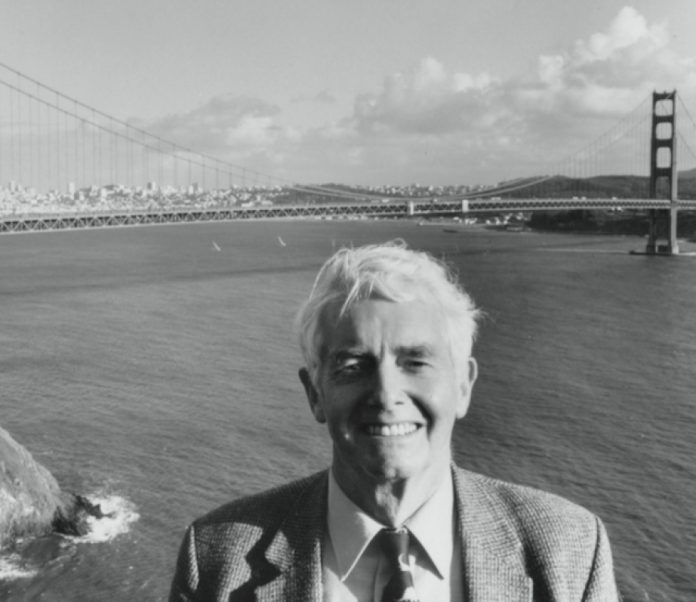
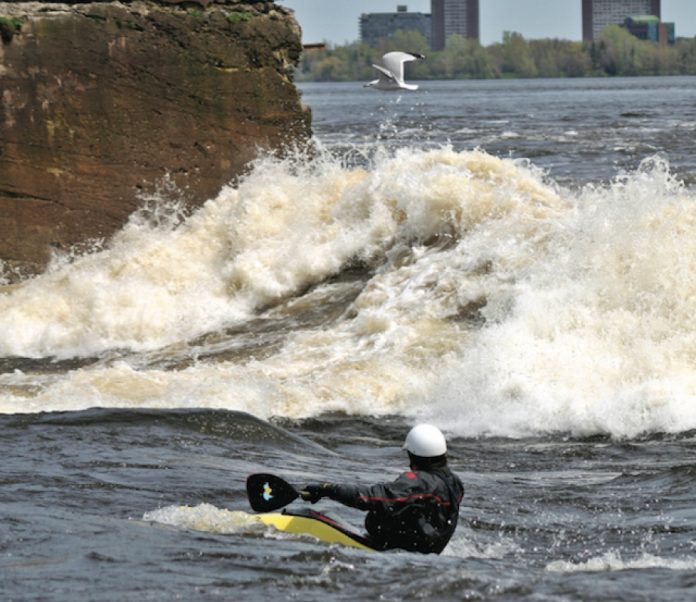
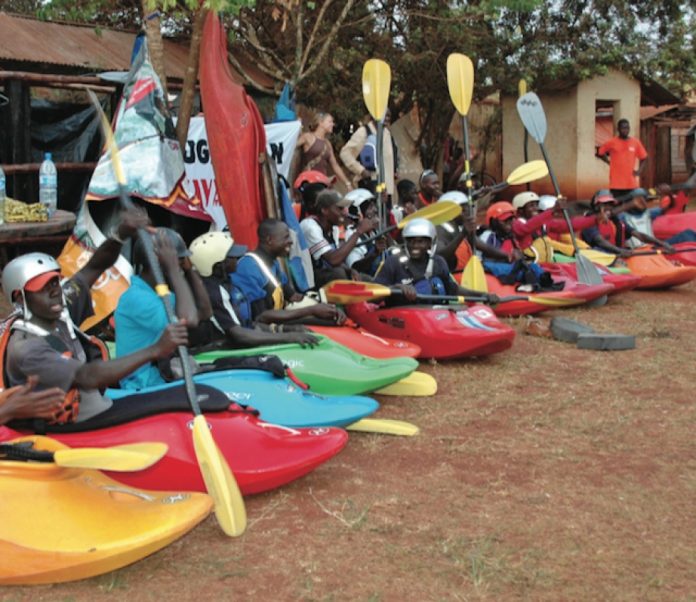
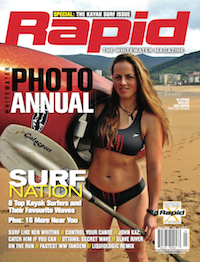 This article first appeared in the Summer 2008 issue of Rapid Magazine.
This article first appeared in the Summer 2008 issue of Rapid Magazine.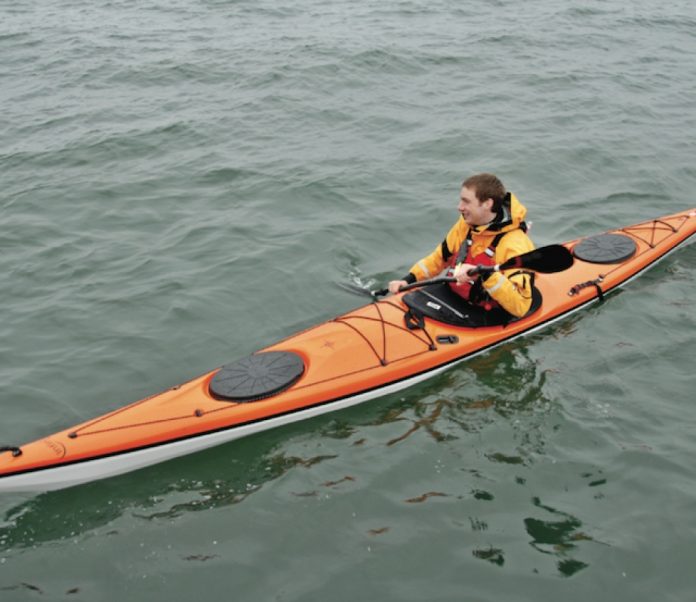
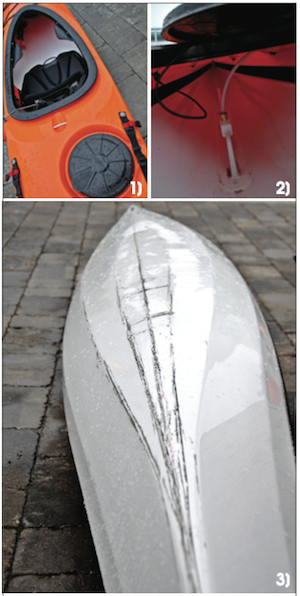 1) Features galore
1) Features galore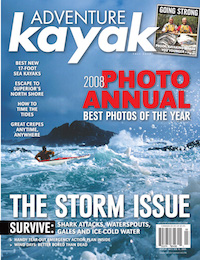 This article first appeared in the Fall 2008 issue of Adventure Kayak magazine. For more boat reviews, subscribe to Adventure Kayak’s print and digital editions
This article first appeared in the Fall 2008 issue of Adventure Kayak magazine. For more boat reviews, subscribe to Adventure Kayak’s print and digital editions 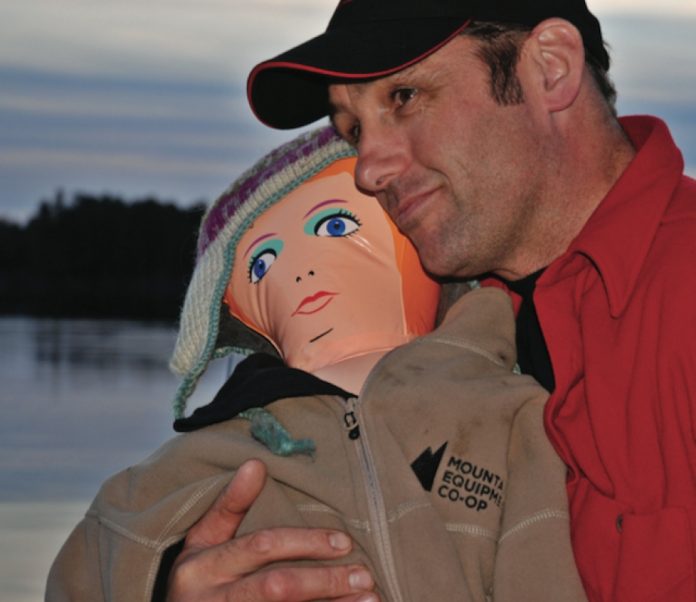
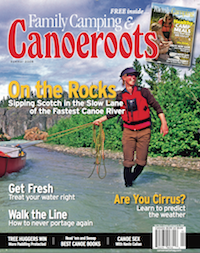 This article first appeared in the Summer 2008 issue of Canoeroots Magazine. For more great content, subscribe to Canoeroots’ print and digital editions
This article first appeared in the Summer 2008 issue of Canoeroots Magazine. For more great content, subscribe to Canoeroots’ print and digital editions 